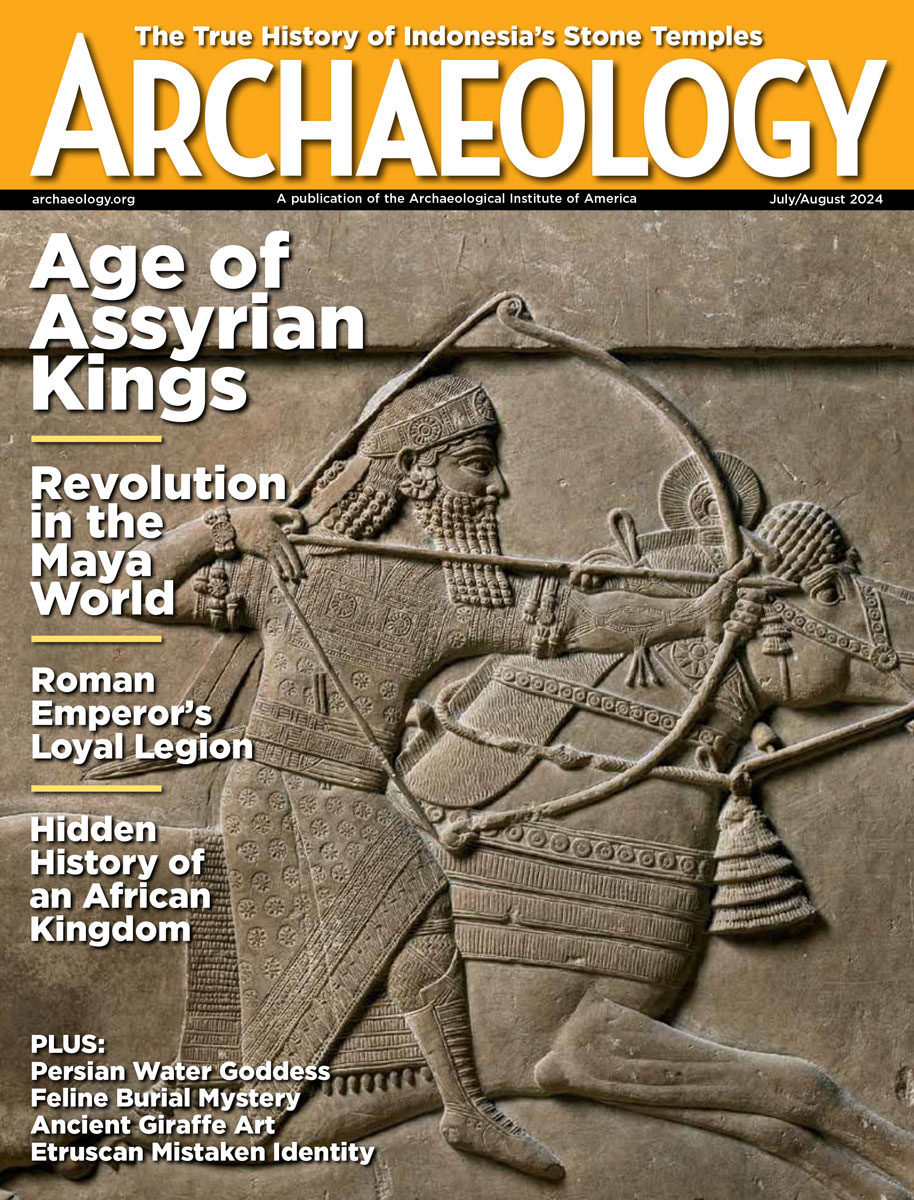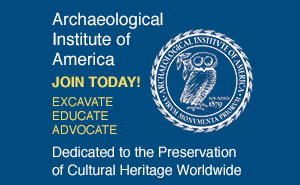Thursday, July 10
July 10, 2008
Thailand’s Foreign Minister, Noppadon Pattama, has resigned his post amid the opposition party’s calls for his impeachment, according to this report from Thailand. Mr. Noppadon is said to have approved a new map drawn by the Cambodian government and supported the Cambodian application to have the Preah Vihear temple listed as a World Heritage site.  Former Cambodian king Norodom Sihanouk said the controversy “causes undeserved and anachronistic grief to Cambodia and its people.”
Turkish development company Sultanahmet Turizm A.S. is building an additional 60 rooms at the Four Seasons Hotel in Istanbul. The annex sits atop and next to the ruins of the fourth-century palace built by Constantine the Great, and the company is also creating an archaeological park, employing 25 archaeologists. Gunhan Danisman, a member of the Chamber of Architects of Turkey, says the project is “unthinkable.” He adds as a comparison, “Go to the Roman Forum and start excavating to build a hotel.” Â
It’s official: The Lupa Capitolina, the life-sized bronze statue of a she-wolf suckling two infants, dates to the thirteenth century; the twins themselves date to the fifteenth century. It had been said that this symbol of Rome was Etruscan, and forged in the fifth century B.C. Â
In Copacabana, Bolivia, Sergio Chavez of Central Michigan University is excavating a ceremonial site dating back 3,000 years. “Starting from the oldest period, we have the Yayamama. And gradually we have … the Tiwanaku some 1,000 years ago, the Inca, the colonial period, the hacienda era, and the republic,” he said. The area will eventually be used as a market.  Â
Fragments of scrolls from Herculaneum will be scanned by an MRI machine at the Environmental Molecular Sciences Laboratory in Richland, Washington.  Â
Interest in eating local foods prompted this article on hunter-gatherers. “The South Florida Indians ate anything slower and/or dumber than they were,” archaeologist Jerald Milanch told the Sun-Sentinel. Â
Cobblestones laid in the thirteenth and seventeenth centuries will have to be removed from the Parade Ground at Ireland’s Kilkenny Castle to make way for a drainage trench. Much of the historic surface will remain untouched underground. Â
Burning incense set off the fire alarms at England’s Royal Albert Memorial Museum during a cleansing ceremony performed by a delegation of Ngarrindjeri people from Australia. The museum was handing over four skulls that had been taken by explorers 140 years ago.
- Comments Off on Thursday, July 10









